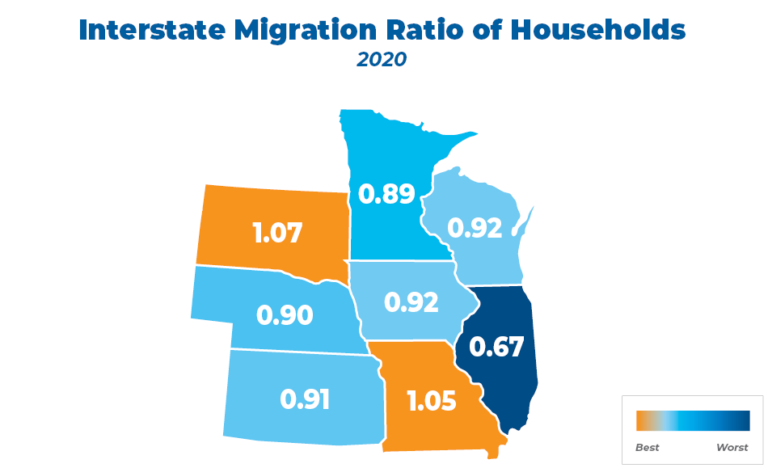
Iowa Governor Kim Reynolds was not only one of just five governors who received an "A" grade, but her score was the highest in the nation!
The Cato Institute has released its 2022 Fiscal Policy Report Card on America’s Governors. Iowa’s Kim Reynolds was not only one of just five governors who received an A grade from Cato, but this data-driven report calculated her score as the highest in the nation! Since 2008, this report has graded the fiscal policies of our nation’s governors from a limited-government perspective using seven variables. The excellent full report from Cato is available here, but key points are summarized below.
By keeping spending increases in check and signing three rounds of income tax cuts into law since taking office, Governor Reynolds is positioning Iowa well for the future. Cato evaluated reforms that included abolishing Iowa’s inheritance tax, moving to a flat 3.9% personal income tax rate, eliminating the tax on retirement income, and moving to a flat 5.5% corporate income tax rate. As a result, Governor Reynolds and Iowa stand out among our neighbors in this year’s report card.

Source: Cato Institute
Momentum has been building behind pro-growth tax policies for several years. Consider the budget proposals of governors across the country:
This momentum added up to 16 individual income tax cuts (including Iowa) and 10 corporate income tax cuts (including Iowa). There were also 20 states that issued rebates or one-time payments to taxpayers. Cato weighed in on the good and the bad of those one-time payments:
One-time rebates create less economic benefit than permanent tax cuts, especially cuts to top income tax rates. However, one-time payments are a better use of large surpluses than expanding spending programs. When programs are expanded, it tends to lock in long-term commitments of taxpayer resources.
Americans move from state to state for a variety of different reasons. While tax policy is not the sole reason people and businesses base their decisions on, it is an important one. Cato’s report summarizes moving trends very succinctly, “Americans are generally moving from higher-tax states, such as New York and California, to lower-tax states such as Florida and Texas.” Using 2020 data from the IRS, Cato presents the ratios of inflows to outflows for all households. Even though Iowa’s migration data is in line with our neighbors, Iowa’s leaders know they can never accept the status quo. As Iowa’s tax climate improves while recent reforms are phased in, people and jobs should follow.

Source: Cato Institute
Cato ends their report by offering a perspective that we agree with 100%:
With today’s rising tax competition, state policymakers should rethink their tax codes to retain and attract residents and businesses. They should improve the efficiency of government services to give taxpayers more value for their money, and they should cut regulatory burdens to enhance personal freedoms. Lawmakers in states such as New York cannot do anything about Florida’s sunny climate, but they can make policy improvements to stop the chronic outflows of people and businesses.
